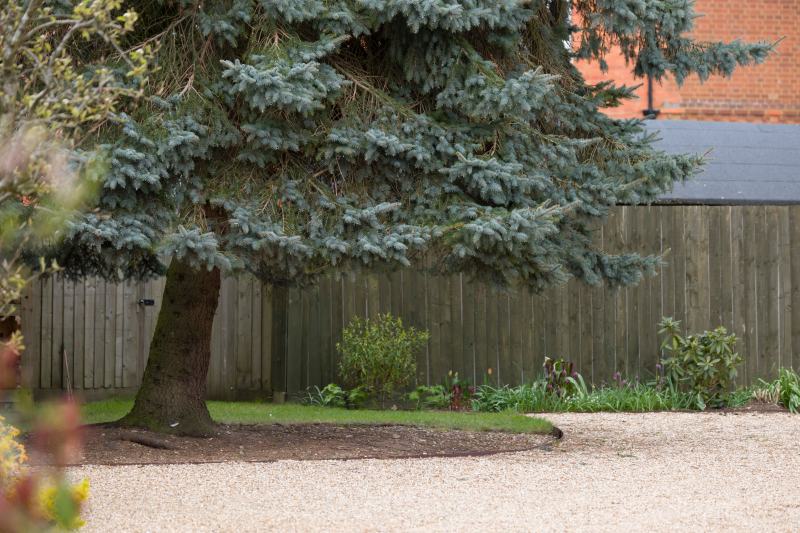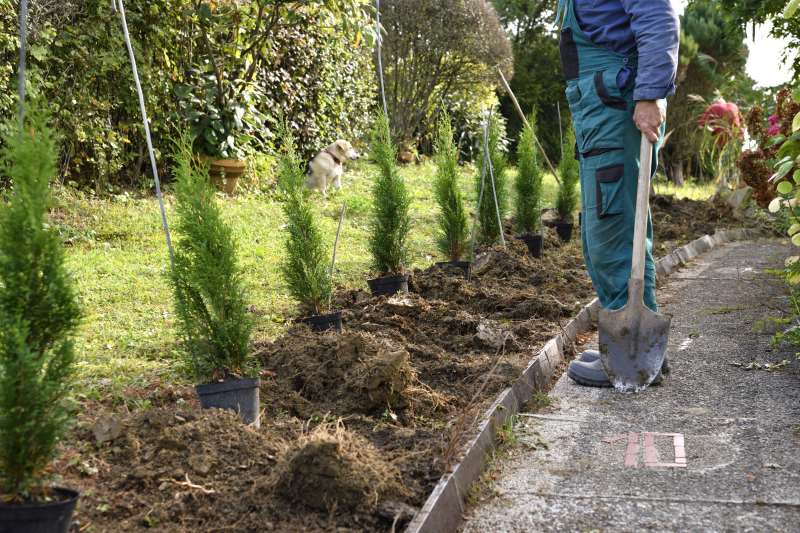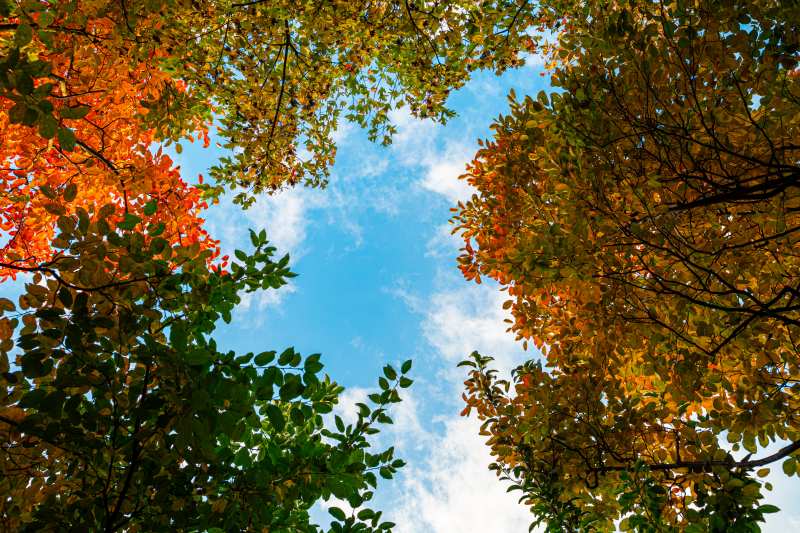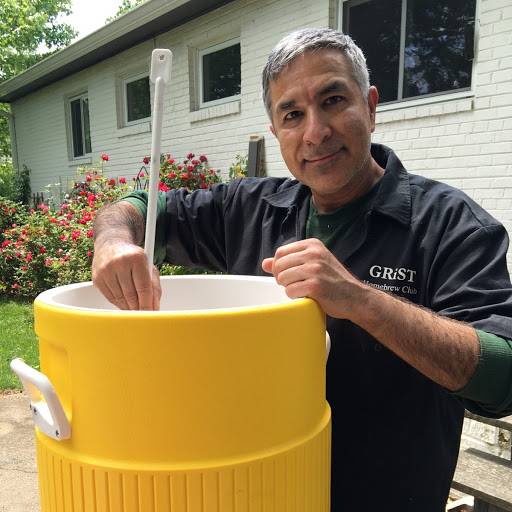Tree Pruning & Trimming

Improving Tree Health & Encouraging Growth
RTEC specialists bring proper training, the right equipment, and compliance with the Occupational Safety and Health Administration (OSHA) and the American National Standards Institute (ANSI.)
We won’t recommend tree pruning & trimming services when the tree is too dangerous to climb or in irreversible decline. We prioritize healthy, sustainable practices and avoid harmful techniques like topping. This process, which involves cutting large branches or the entire top of a tree, can severely damage the tree’s ability to produce food, leading to stress, sunburn, and pest infestations. While it may seem like a cost-effective solution, topping can ultimately decrease the value of your property. We focus on maintaining the long-term health and beauty of your trees through expert, responsible pruning.
Benefits of Tree Pruning Services
- Safety Benefits: Proper pruning creates & maintains a strong tree structure. This helps prevent safety hazards such as low growing and dead limbs or branches.
- Aesthetic Benefits: Proper pruning will promote new growth, more vibrant colors, and keep your tree looking neat and tidy.
- Health Benefits: Trimming your trees will eliminate dead, diseased, and broken branches. By removing these branches, you can stop the spread of disease and insects within your tree. Trimming will also reduce any unnecessary weight off your tree.
- Visual Access Benefits: Trimming your tree can open up your landscape, allowing more sunlight into your yard and improving your view.
Common Tree Trimming Methods
There are various methods of tree trimming. Certified Arborists will help you decide what is best for you and your tree. They’ll evaluate your landscape’s trees, address your concerns, and recommend the best type of pruning cuts for your landscape.

Maintenance Tree Trimming
Removal of dead, dying, diseased, crossing branches, depending on the species and health.

Hazard Reduction Tree Trimming
Removal of larger deadwood for safety.

Vista Tree Trimming
Selective removal of limbs without injuring the tree. Performed when there is a view that the tree branches are blocking.

Crown Raising
Removal of lower branches, most commonly in areas where there is a driveway, walkway, or parking area.

Crown Reduction
Crown reduction involves selectively pruning no more than one-third of the tree’s canopy to improve shape, enhance growth, and maintain overall health.

Cut Back
Cut back branches from structures such as sidewalks, lights, and buildings.

Fine Tree Trimming
Removal of smaller branches and deadwood commonly performed on smaller or immature trees.

Tree Topping
Removal of large branches or whole tops of trees. This is a harmful and incorrect trimming practice. Topping stresses the tree and can lead to health decline, structural defects, and infection.
Beware Of Power Lines
Once a tree is within 10 feet of a power line, tree service companies will complete a line drop. For safety purposes, this must be done before work can begin. Some tree companies will not do this as it is not a regulation, but as we prioritize safety it’s a must.
Depending on which line is near the tree, you or your neighbor may lose access to electricity. But rest assured; local power companies in Northern VA & DC guarantee that power will be turned back on the same day.
Does your tree grow too fast? Does it continue to grow too close to power lines? If so, we recommend looking into our tree growth regulator.

Reach Out Today For Tree Pruning & Trimming Services
RTEC Treecare’s professional tree pruning services enhance the health, safety, and appearance of your trees. Our certified specialists follow OSHA and ANSI standards to remove dead or hazardous branches, promote new growth, and improve visual access. We avoid harmful practices like tree topping, focusing on methods that preserve tree health and property value. From crown reduction to hazard trimming, we tailor pruning solutions to keep your trees strong, safe, and beautiful.
Reviews From Our Clients

4.9 of 5 based on 245 reviews












